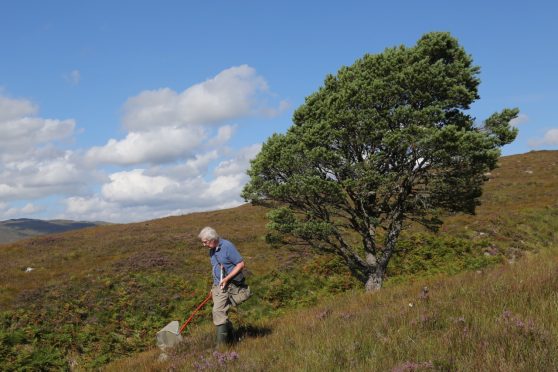It sounds like a misnomer – but conservationists have found non-biting midges at a “Lost World” estate in the Highlands.
The rare beastie, discovered at Dundreggan Conservation Estate, has never before been recorded in the UK, though they are widespread in central Europe.
The midge was discovered on estate in Glenmoriston above Loch Ness and brings the list UK biodiversity firsts on the site to 11.
Evidence of the midges – known scientifically as Chironomus vallenduuki – was found by entomologist Peter Chandler.
The estate is run by conservation charity Trees for Life.
During surveys in 2016, conservationists also discovered two rare gnats whose larvae find on fungus.
One of these has only ever been found at four other sites in the UK – while the other has not been seen in Scotland since 1990.
Trees for Life founder Alan Watson Featherstone said: “Dundreggan is a special part of the Caledonian Forest that keeps on revealing beautiful, interesting and rare species.
“The surprisingly rich wealth of life in this corner of the Highlands highlights the importance of concerted conservation action to protect and restore Scotland’s wild places.”
The charity also found two parasitic wasps for which there are very few Scottish records.
Thy also discovered a pseudoscorpion – known as the knotty shining claw – a first north of the River Tay.
A micro-moth, the small barred longhorn – only documented at three other locations in Scotland, and never before as far north – was found by volunteer Richard Davidson.
He had been taking part in one of Trees for Life’s volunteer Conservation Weeks at Dundreggan when he found the moth.
Mr Watson Featherstone added: “Our latest discoveries add to an already-remarkable range of rare and endangered species found at Dundreggan – some of which were previously unknown in the UK or Scotland, or which were feared to be extinct.”
In total, more than 3,300 species have now been recorded at the forest restoration site.
At least 68 of these are priority species for conservation.
